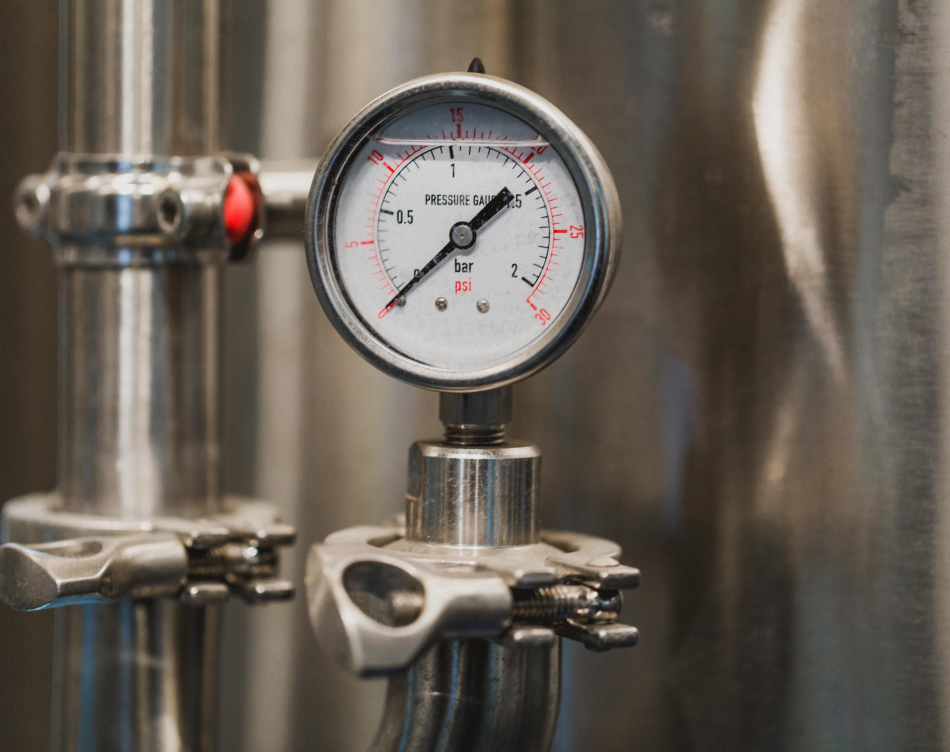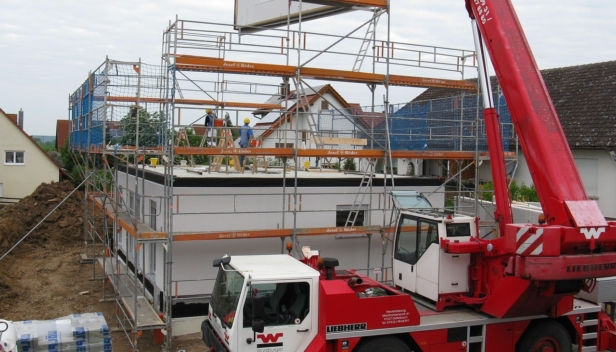The Launch of the FELUWA Double Hose Diaphragm Pump
Mechanical Engineering

At Silkem, the zeolite was pumped to the tower dryer with a screw pump. Because the pump operates almost every day of the year and due to the material that the screw pump pumps, the stator and rotor of the screw pump wear out quickly, which causes high maintenance costs on an annual basis.
So they are in the company Silkem was looking for a better alternative to reduce maintenance costs on an annual basis.
When looking for a better alternative, they came across a diaphragm pump SG 130 – 2 DS17, and based on the presentation of this diaphragm pump through videos and specifications, they decided to buy this diaphragm pump.
When the current screw pump was replaced with the SG 130 – 2 DS17 diaphragm pump, a number of problems arose. The first biggest problem was that the diaphragm pump did not want to pump the material to the tower dryer.
After various experiments, it was found that the inlet pressure in the diaphragm pump SG 130 – 2 DS17 is too low, so a centrifugal pump was installed in front of the diaphragm pump.
The centrifugal pump with the pumped material in the company Silkem d.o.o. reaches a maximum pressure of 1 bar, which is not enough for the operation of the diaphragm pump SG 130 – 2 DS17.
In order for the SG 130 – 2 DS17 diaphragm pump to work, we found that a liquid inlet pressure (Zeolite ZP-4A) of 2 to 2.5 bar was required. The centrifugal pump was then replaced with a previously used screw pump that easily achieves the desired pressure of 2.5 bar.
Because the diaphragm pump did not pump the desired zeolite ZP-4A liquid even at an inlet pressure of 2 to 2.5 bar. They stopped starting the SG 130 – 2 DS17 diaphragm pump.
After browsing various literature, I found that zeolite has the properties of thixotropy, which means that it has a very high viscosity at rest, but if the mixture is mixed, it turns into a mixture of lower viscosity.
Due to the high viscosity of zeolite, I found that the diaphragm pump is not suitable for pumping ZP-4A zeolite as the liquid flows more slowly and is sticky.
I also found that the liquid zeolite ZP-4A settles quickly and consequently sediment is formed in a short time, which is very bad, considering the principle on which the diaphragm pump SG 130-2 DS17 works.
I also found that the diaphragm pump has a pulsation damper installed that would mitigate flow fluctuations, which is not good as we would have a different injection through the nozzle dryer through the nozzles (once more more times less), which would not be acceptable in a tower dryer always the same.





